Lakes are nature’s calm, beautiful wonders—reflecting the sky, nourishing wildlife, and attracting travelers across the globe. While some countries are home to just a few, others boast thousands—even millions—of these inland water bodies. In this article, we’ll explore the 10 countries with the most lakes, ranked from number 10 to the lake-filled champion at number 1. These nations not only have large lakes but also boast numerous water bodies, each contributing to stunning landscapes, diverse ecosystems, and rich local cultures. Whether for recreation, fishing, or just natural beauty, these lake-rich countries are a dream for nature lovers.
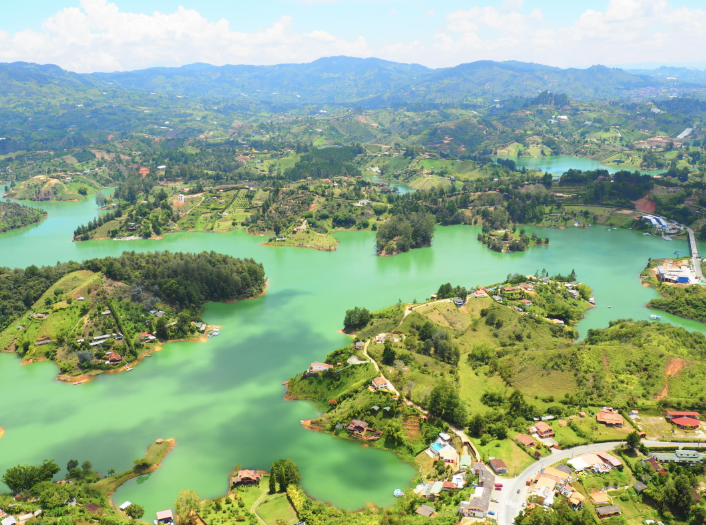
10. Colombia – 3,250 Lakes
Colombia might be better known for its mountains and rainforests, but it also hosts more than 3,000 lakes. Many of these are nestled in the Andes or hidden within lush national parks. Lake Tota, the largest in the country, sits at a high altitude and is a popular getaway for locals. Colombia’s lakes provide essential water sources for rural communities and serve as habitats for unique flora and fauna. Though smaller in count compared to other nations, Colombia’s lakes reflect its natural diversity and vibrant ecosystems.
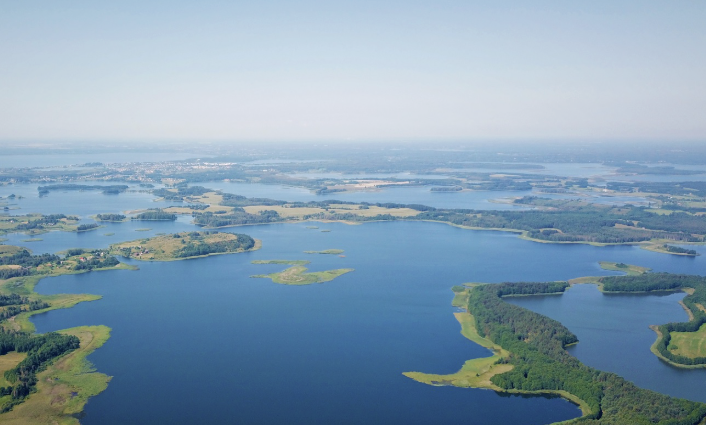
9. Belarus – 11,000 Lakes
Belarus is often called the “Blue-Eyed Land” because of its 11,000 lakes that dot the landscape. Many of these are glacial in origin and remain crystal clear throughout the year. Lake Narach, the largest, is a beloved destination for locals and tourists alike. The lakes support fishing, tourism, and wildlife, especially birds and aquatic plants. Belarus’s gentle hills and forests are the perfect backdrop to its water bodies, offering a tranquil environment rich in biodiversity. For nature lovers, Belarus is a hidden gem.

8 Norway – 20,000 Lakes
Norway is famous for its dramatic fjords and breathtaking northern lights, but many people don’t realize it also has around 20,000 lakes scattered across its landscape. Most of these were formed by glaciers during the last Ice Age, creating serene, crystal-clear waters surrounded by rugged mountains. Lakes like Mjøsa and Femunden are especially popular for fishing, kayaking, and cabin getaways. Norway’s cooler climate keeps many lakes frozen in winter, offering a completely different experience. Whether you’re hiking in the summer or skiing across frozen lakes in winter, Norway’s water bodies play a vital role in both nature and recreation.
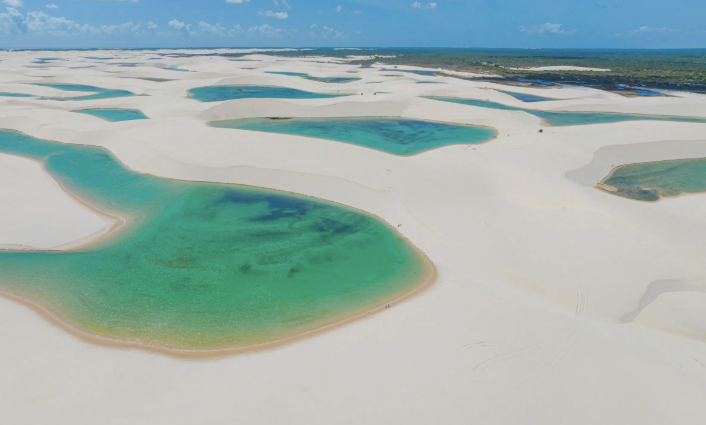
7. Brazil – 20,900 Lakes
While Brazil is more often associated with the Amazon rainforest and tropical beaches, it is also home to over 20,000 lakes. Many of them are located in the Amazon Basin, shaped by seasonal floods and changing river paths. Others are man-made, built for hydroelectric power — a major part of Brazil’s energy system. Notable lakes, such as Lagoa dos Patos and Lagoa Mirim, are vast and stunning, supporting local fishing communities and an abundance of wildlife. Brazil’s lakes not only help balance its ecosystems but also provide fresh water for people, farming, and energy. They’re an underrated part of Brazil’s rich geography.

6. Sweden – 22,600 Lakes
Sweden is called “the land of a thousand lakes,” but in reality, it has over 22,000 of them. These lakes are a vital part of the Swedish lifestyle. Many families own summer cabins by the water, where they go swimming, fishing, or simply unwind during the warmer months. Famous lakes such as Vänern and Vättern are among the largest in Europe and offer postcard-worthy views and vibrant biodiversity. Sweden’s lakes were largely formed by glaciers and are especially clean and clear. Their importance in both environmental balance and everyday life makes them an iconic feature of the country’s charm.

5. China – 23,800 Lakes
China has more than 23,000 lakes, covering various landscapes — from icy alpine lakes in Tibet to vast freshwater lakes in the central and eastern regions. Poyang Lake, China’s largest freshwater lake, is a crucial spot for migratory birds and fish. Meanwhile, saltwater lakes like Qinghai are famous for their surreal beauty. Many of China’s lakes serve multiple purposes: they help regulate water flow, provide irrigation for agriculture, and are vital for tourism and fishing industries. Although rapid development has threatened some of these natural resources, China is now increasing efforts to protect and preserve its water bodies.
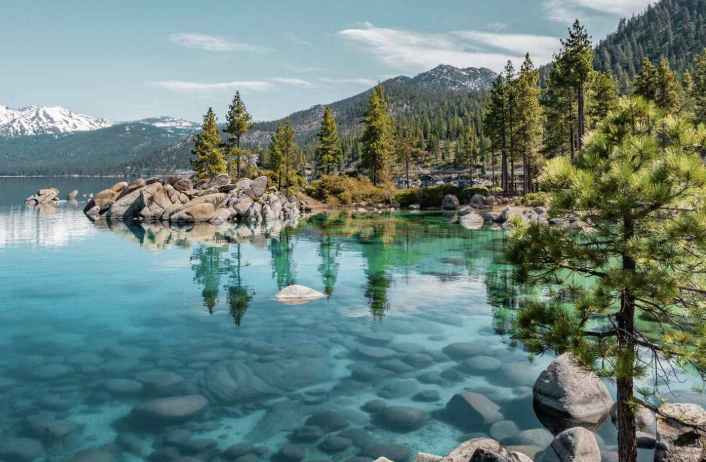
4. United States – 102,500 Lakes
The United States is home to over 100,000 lakes, including some of the most famous in the world. The five Great Lakes — Superior, Michigan, Huron, Erie, and Ontario — form the largest group of freshwater lakes on the planet. These vast bodies of water are essential for drinking water, shipping, recreation, and wildlife. In addition to the Great Lakes, states like Minnesota, Wisconsin, and Alaska are filled with smaller lakes that draw millions of nature lovers each year. Lakes in the U.S. support an enormous range of ecosystems, and many are protected by national parks or conservation programs.
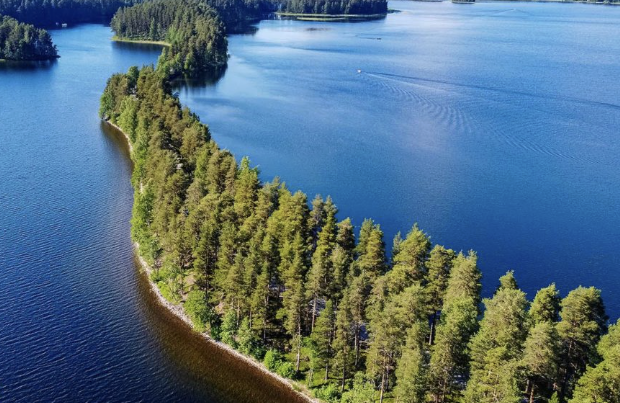
3. Finland – 188,000 Lakes
Finland is often nicknamed “the land of a thousand lakes,” but that’s a serious understatement — it boasts over 188,000 lakes. That’s about one lake for every 28 people! These lakes cover almost 10% of Finland’s land area, and they’re a major part of Finnish identity. In summer, locals flock to their lakeside cottages for swimming, sauna, and boating. In winter, the lakes freeze over and become spots for ice fishing and skating. Lakes like Saimaa and Päijänne are teeming with life and support everything from tourism to freshwater supply. Finland’s lakes define both its landscape and culture.
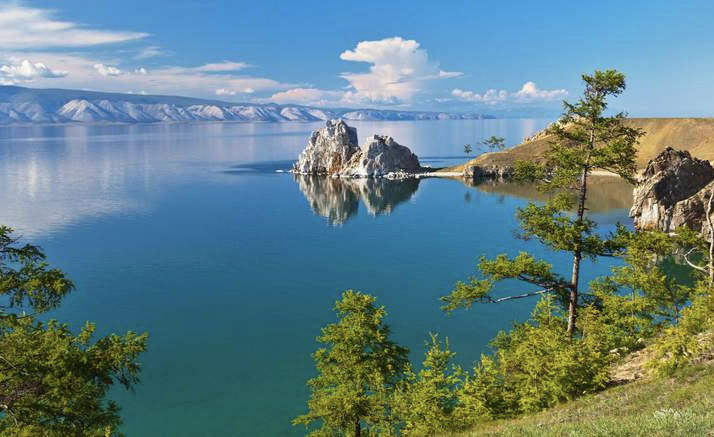
2. Russia – 201,200 Lakes
Russia’s massive size means it also holds an incredible number of lakes — more than 200,000. These range from remote Arctic lakes to world-famous Lake Baikal, the deepest and oldest freshwater lake on Earth. Many Russian lakes are glacial in origin, and some are so large they seem like inland seas. These bodies of water are vital for wildlife, transportation, and even cultural stories passed down through generations. Despite industrial challenges, Russia’s lakes continue to play an essential role in supporting fish populations and biodiversity. They also offer remarkable scenery for those adventurous enough to explore Russia’s wild side.

1. Canada – 879,800 Lakes
Canada leads the world with an astonishing 879,800 lakes, accounting for over 60% of all natural lakes globally. These lakes range from the immense Great Bear and Great Slave Lakes in the north to countless smaller glacial lakes scattered across every province. Canada’s lakes are vital for freshwater ecosystems, Indigenous communities, and outdoor recreation. With nearly 20% of the world’s freshwater supply, Canada’s water systems are key to global climate and environmental health. Whether for fishing, canoeing, or photography, no country rivals Canada’s lake-rich beauty and scale.
